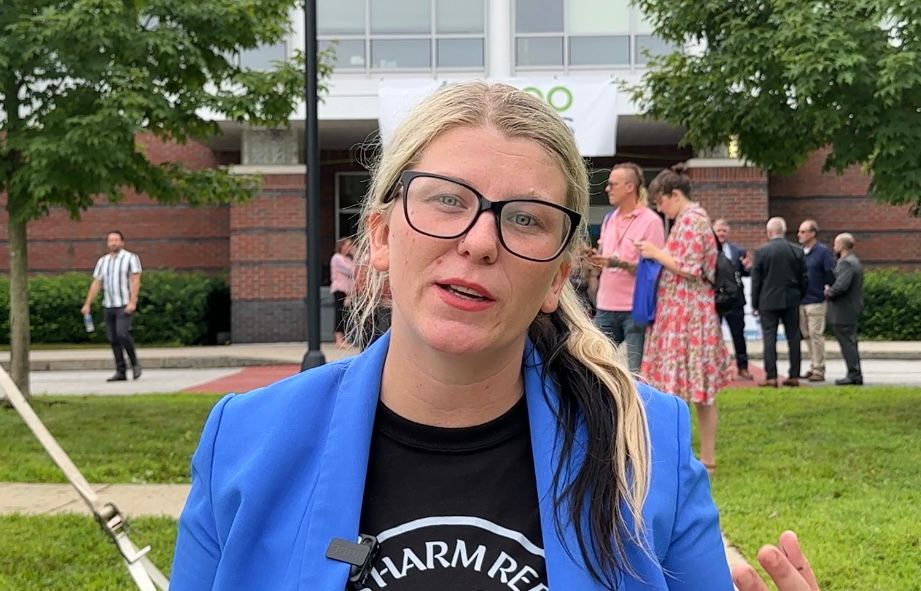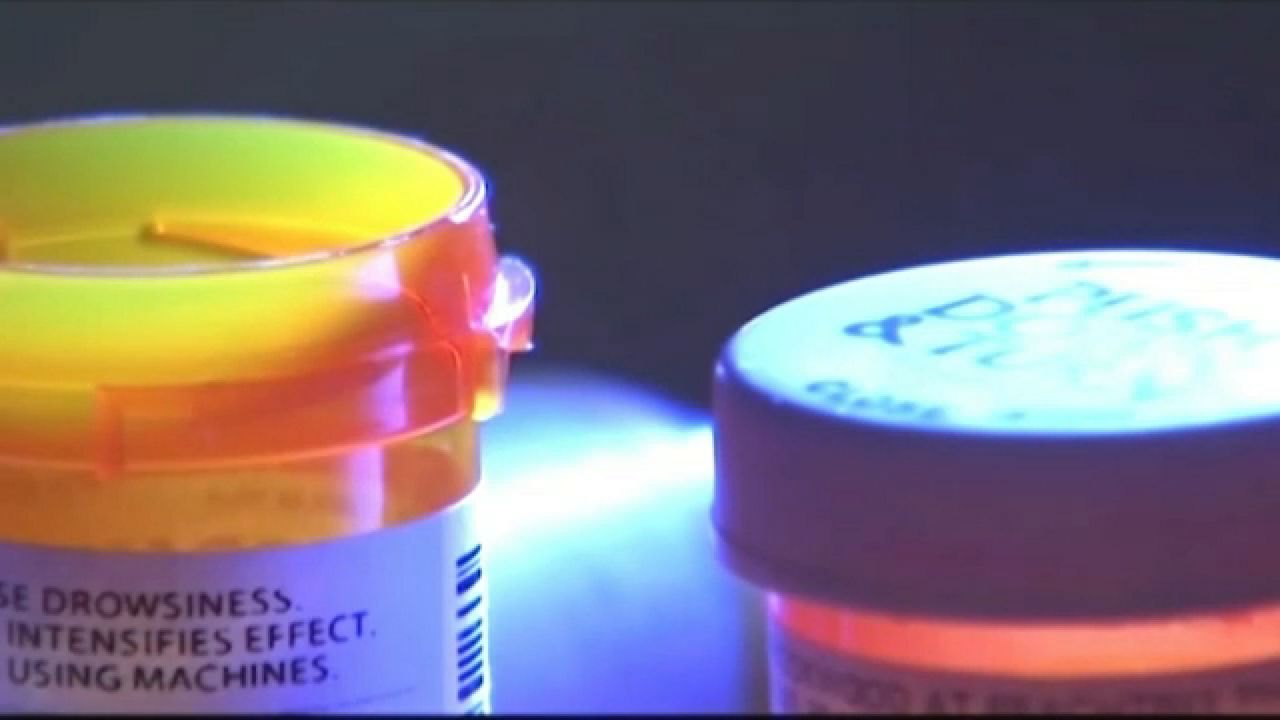Gov. Janet Mills sounded a hopeful yet determined tone in remarks made Thursday at a summit designed to help the state reduce opioid overdose deaths.
So far this year, fatal overdoses are down 12% in Maine, she told more than 1,000 health care providers, recovery coaches and others in Auburn.
“The recent decline in overdose deaths in Maine is reason to hope, but not to rest,” she said. “Everyone in this room has played a critical role in the progress we’ve made, the progress yet to come. Today, may we all redouble our effort to save every life.”
The remarks at Central Maine Community College came during the sixth Governor’s Opioid Response Summit, which featured sessions focused on harm reduction, community building, the criminal justice system and early intervention for adolescents.
The decline in overdose deaths this year continues a trend that started last year.
Federal data for Maine shows 706 reported overdoses in 2022, followed by 592 in 2023. That’s a drop of 16.15%.
National statistics show U.S. drug overdose deaths decreased by 3% in 2023, the first decrease since 2018.
From January through May of this year, there have been 179 confirmed overdose deaths and 52 suspected overdose deaths, according to state data. Over the same period last year, 256 people died of an overdose.
And while the summit struck a hopeful tone, those with lived experience shared powerful stories. Danielle Forino of Fort Kent talked about her efforts to help her son Michael, who died of an accidental overdose at age 22 in Virginia while participating in a treatment program.
“We didn’t have an option in Maine that didn’t include a three week wait,” she said. “Michael did not want to die. I know this because he said those exact words to me just three months prior.”
Since his death, she and others founded a nonprofit and a recovery center in northern Maine.
“We refuse to stop fighting for those we love and those we lost,” she said. “I should not have had to send my son to rehab almost a thousand miles away only to have him die alone in his car across the street from his recovery residence only three months later. No other parent should have to, either.”
Gordon Smith, director of opioid response for the state, said an infusion of state and federal funds has led to many more treatment beds being available in Maine. He encouraged those who have been turned away to get into treatment.
“We actually have beds tonight available for people who want to start with medically supervised withdrawal,” he said. “We actually have now over 100 beds available.”
During her address, Mills outlined several potential drivers of the reduction in overdose deaths, including increased use of the overdose-reversing drug naloxone and a reduction in prescription opioids, which have dropped from about 4,000 in 2018 to just over 1,860 in 2023.
She said there are now prevention programs in 78 middle schools across the state with plans to expand. She credited police with confiscating 19 pounds of suspected fentanyl so far this year and praised the Biden administration for working with China to limit the supply of drug-making components that are shipped to central America.
Mills cautioned that the powerful tranquilizer xylazine has been found in 17% of fentanyl tested in Maine this year and said the state has put more than 80,000 test strips in circulation to help detect the deadly substance.
In addition to substance use prevention and treatment, she said an increased focus on housing is paying dividends. That’s especially true in Portland, which had no overdose deaths in January for the first time in more than two years.

Moving forward, the recovery community is leading an effort to open overdose prevention centers to save more lives, said Courtney Gary-Allen, organizing director of the Maine Recovery Advocacy Project.
She said in the coming weeks, a legislatively mandated work group will begin meeting to lay out how Maine can open the centers that allow those with substance use disorder to use drugs in a supervised setting.
“Overdose prevention centers provide a safe place for those who are using drugs to connect with treatment and recovery support services as well as decrease the number of syringes we find in our communities and parks,” she said.
The Mills administration cites several initiatives for helping to drive down overdose deaths, including expanding MaineCare health coverage to more than 100,000 Mainers, recruiting and training over 1,000 recovery coaches and creating a statewide distribution system for naloxone.
Since 2019, the state has distributed more than 493,000 doses of naloxone, which has been used to reverse 10,000 overdoses that may have otherwise been fatal, according to the governor’s office.
Mills said she will never give up on those who need help and urged others to do the same.
“We recognize that while accountability is important, addiction is a disease of the brain, not simply a choice,” Mills said. “We’re going in a new direction step by step.”





